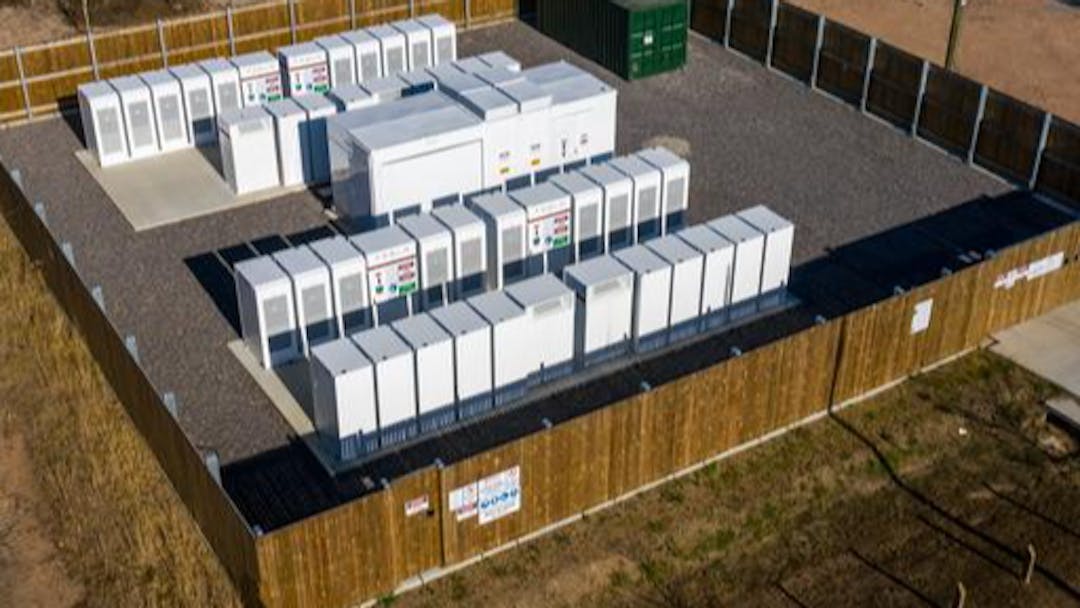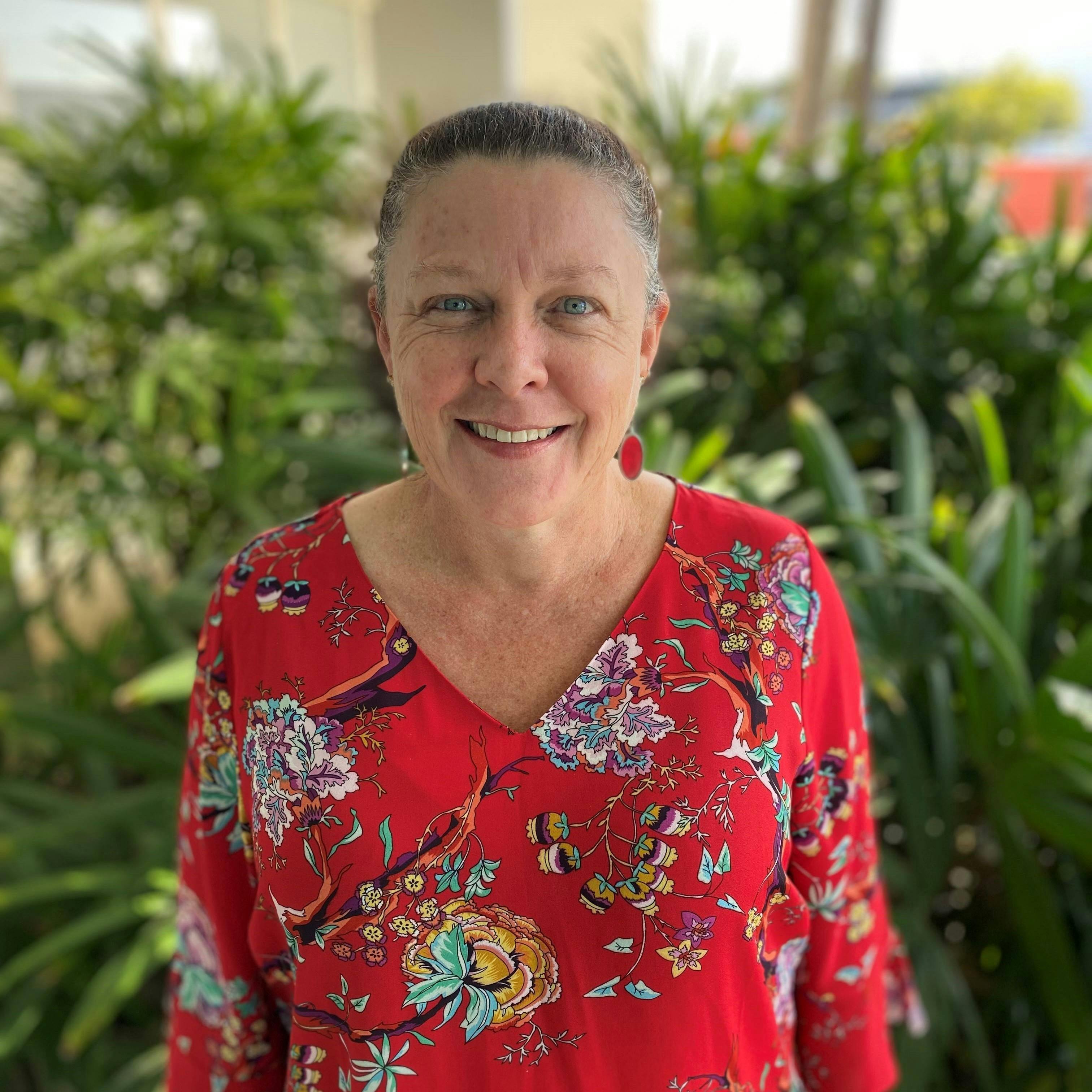Local Network Battery Plan

Our Local Network Battery Plan is seeing utility-scale and smaller, community batteries connected to the electricity distribution network across Queensland to support the continuing uptake of renewable energy.
This investment is rapidly advancing our understanding of the benefits/challenges of distribution-connected energy storage.
More clean energy. Stored locally. Used locally.
Queenslanders are putting solar on homes and businesses at world record rates with more than 40% of houses across Queensland now with rooftop solar energy. We’re working hard to ensure Queensland’s electricity networks can support potentially double today's solar energy by 2030, from well over a million rooftops.
Network batteries will allow more solar energy to be sent back into the grid, while the suns shining, storing it for use locally when demand for electricity is at its highest.
They will become an essential tool for managing the renewable energy flowing into the electricity network and to addressing the capacity and security of supply challenges created by major reverse and negative flows, as well as changing demands at the system level.
This is just one the ways we are enabling the transition to a low carbon energy future and, ultimately, helping to keep electricity prices down.
What is ‘minimum system load’ or ‘minimum demand’?
Minimum system load or minimum demand is in the lowest level of demand for electricity on the grid in a given day, week, or year. The rapid uptake of rooftop solar energy is seeing new record lows in demand for electricity from the grid, frequently going 'negative' at the local substation. This reverse flow of energy, out of an area, and the system-wide impacts, are putting the stability of the network at risk with the potential for blackouts.
 To make sure our networks have the capacity to support more solar, and address network stability concerns, we are implementing a range of preventative measures. Our Local Network Battery Plan, and others investing in energy storage, will only be one of the many solutions to manage the risks around minimum demand.
To make sure our networks have the capacity to support more solar, and address network stability concerns, we are implementing a range of preventative measures. Our Local Network Battery Plan, and others investing in energy storage, will only be one of the many solutions to manage the risks around minimum demand.
We are also progressing changes to the way we use the load we already have under control, using our economy tariffs to act as a ‘solar soak’, and we’re looking to tariff reform to incentivise homes and businesses to use or export energy in a way that benefits the system. A win, win.
In addition, we’re introducing dynamic connections for new, large solar installations, to allow more renewable energy to be exported when the network capacity is available locally, with lower export limits only active when needed to manage the network. Along with the emergency backstop mechanism.
Energy Queensland’s executive manager Peter Price presented at the Our Smart Energy Summit Queensland, in Brisbane in 2022. He spoke about how energy storage is critical for the future of the power system, as well as how a smart distribution networks more generally are essential to the energy transition. Take a look at the presentation here.
Want to know more?
You can check out the updates on the utility-scale batteries we’re installing across Queensland.
Or read more on the neighbourhood batteries connecting to the network in the South East, and the community batteries more broadly.
You can also take a look at these frequently asked questions about our battery program.
Or pop us a note in the QUESTION-FEEDBACK tab below or email BatteryPlan@energyq.com.au



Thank you for your contribution!
Help us reach out to more people in the community
Share this with family and friends